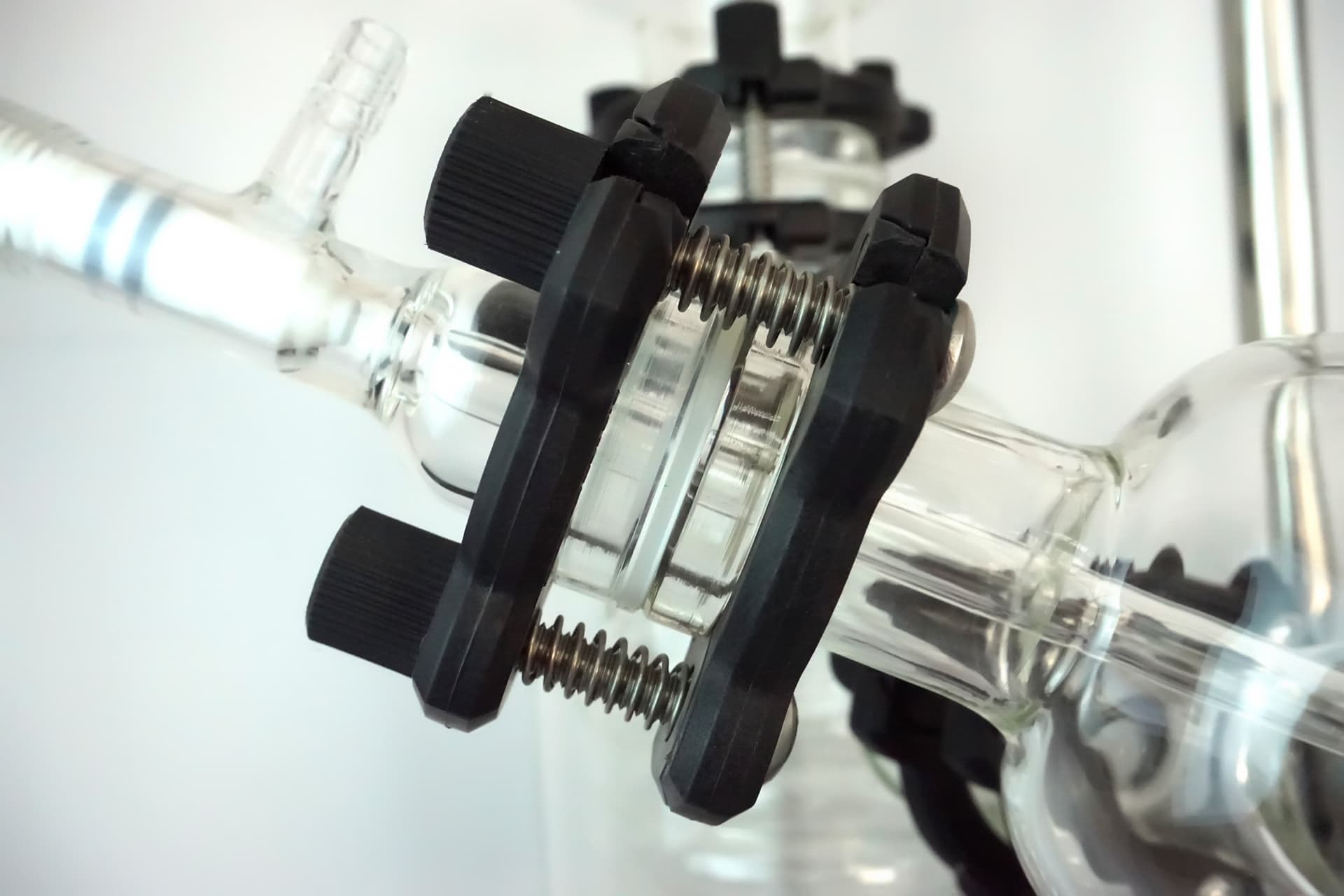Rotary Evaporator Distillation Processes for Enhanced Laboratory Performance
Optimizing rotary evaporator distillation processes is crucial for enhancing laboratory performance, particularly in fields such as chemistry and pharmaceuticals where precision and efficiency are paramount. A rotary evaporator, or rotovap, is an essential tool used to separate solvents from a mixture through evaporation and condensation. To achieve optimal performance, several key factors must be considered, including the setup configuration, operational parameters, and maintenance practices. Firstly, the setup configuration plays a significant role in the effectiveness of the distillation process. The rotary evaporator should be installed in a well-ventilated area to prevent the accumulation of vapors and ensure safety. Additionally, the position of the rotary evaporator relative to the heating bath and condenser needs to be carefully adjusted. The evaporating flask should be positioned at a suitable height to facilitate effective rotation and ensure that the liquid is evenly distributed across the flask’s surface. This setup helps maximize the evaporation rate and prevents the formation of bubbles that could lead to inefficient distillation.

GWSI have operational parameters, such as temperature, rotation speed, and vacuum pressure, are crucial in optimizing the distillation process. The temperature of the heating bath should be set according to the boiling point of the solvent being evaporated. It is essential to avoid excessive temperatures that could lead to thermal degradation of sensitive compounds. The rotation speed of the evaporating flask should be adjusted to ensure a thin, even film of liquid on the flask’s surface, which enhances the evaporation rate. A higher rotation speed typically increases the surface area for evaporation, but it must be balanced to prevent foaming and bumping. Vacuum pressure is another critical parameter. The rotary evaporator operates most efficiently under reduced pressure, which lowers the boiling point of the solvent and reduces the risk of overheating. The vacuum level should be carefully controlled to maintain an optimal balance between effective solvent removal and preventing the entrapment of volatile components that may be critical to the final product. Regular calibration and maintenance of the vacuum system are essential to ensure accurate pressure readings and stable performance.
Maintenance practices also significantly impact the efficiency of rotary evaporation distillation. Regular cleaning of the evaporating flask, condenser, and other components is necessary to prevent contamination and buildup that could impair the distillation process. The seals and gaskets should be inspected and replaced as needed to maintain a proper vacuum seal. Additionally, the heating bath and cooling system should be checked for consistent performance to avoid fluctuations that could affect the distillation process. In conclusion, optimizing rotary evaporator distillation processes involves a comprehensive approach that includes proper setup configuration, precise control of operational parameters, and diligent maintenance. By carefully adjusting the height and positioning of the equipment, fine-tuning temperature, rotation speed, and vacuum pressure, and adhering to routine maintenance practices, laboratories can achieve enhanced performance and efficiency in their distillation processes. This optimization not only improves the quality and purity of the final products but also contributes to overall productivity and safety in the laboratory environment.
